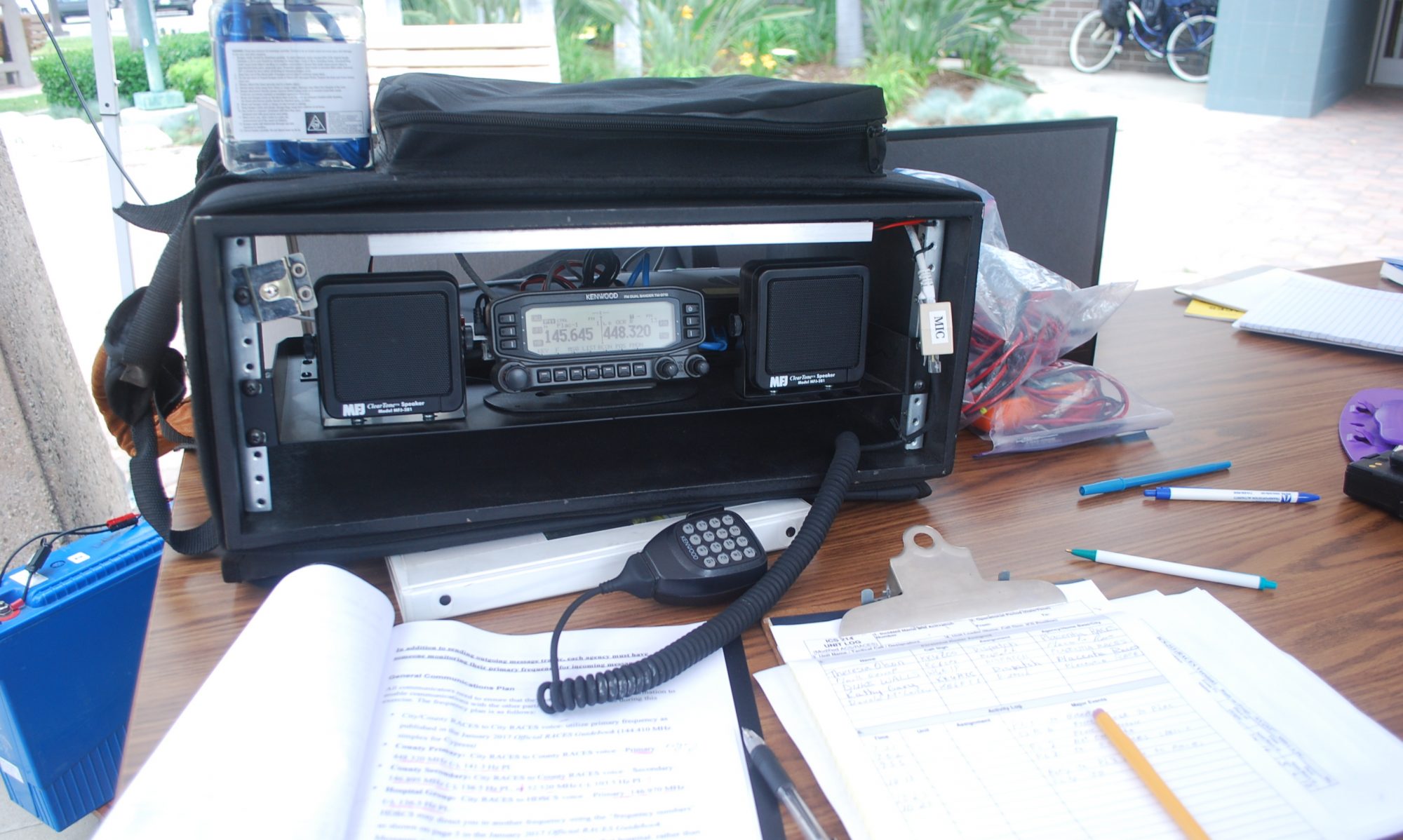The emphasis for band conditions, this web page, is typically when radio waves (frequencies) use the ionosphere.
The ionosphere is a layer of the earth’s atmosphere that contains a high concentration of ions and free electrons and is able to reflect radio waves. It lies above the mesosphere and extends from about 50 to 600 miles (80 to 1,000 km) above the earth’s surface.
The condition of the ionosphere band really can determine how good or bad the resulting radio communications that take place. Because this band is made up of ions and free electrons resulting from the sun radiation, we have found out that the sun’s radiation is not steady but varies. The rotation of the Earth is only one factor upon the ionosphere. Solar storms can also influence the thickness of this band. There is even a eleven year cycle day cycle and year cycle. Typically the lower frequencies called the HF bands have this concern because their radio waves reach this band and can result in being bent back toward Earth.
Further Reading:
Graphical Representations Showing Current Ham Radio Band Conditions
In the image below, pay particular attention to the MUF or Maximum Usable Frequency. The MUF is determined by a number of factors. A principle factor is the sun’s emissions. Your going to beat your head against the wall to chose a ham band above the MUF value.
Web Sites Showing More Data:
Propagation Predictions When using this web site, choose your current location or QTH. For people in Southern California, choose “Los Angeles CA” which is near the bottom of the expanded list.
K and A Indices These two indicators reveal the level of geomagnetic activity.
K index ranges from 0 to 9. The K index is a “quasi logarithmic” and can not be averaged. The level 1 being calm and 5 or more indicating a geomagnetic storm. The A index is a daily average.
Recommended Readings About Indicators:
